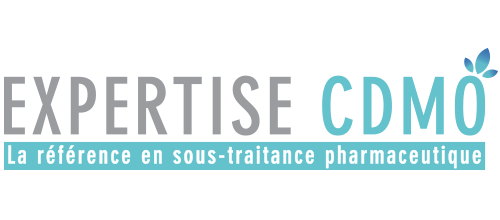Between a pharmaceutical contract-manufacturer (CDMO) and the client, the specifications drafting phase corresponds in some ways to the phase in which the foundations of the project are laid. The phases following the specifications are intended to build the project from the elements that have been defined in the specifications. In this respect, the content of the specifications is particularly important. The Contractor then commits to deliver products that comply with these specifications, especially concerning a quality defect.

Avoid quality defects : 5 items to define
Indeed, experience shows that the latest the errors done in the specifications are detected in the phases that follow, the more expensive their correction is. It is clear that in a drug manufacturing, it is almost impossible to correct a quality defect on the bulk product if it is in the packaging phase.
The specifications must also be accurate. When there are inaccuracies that remain after the specifications writing (which happens sometimes), it often turns into a source of litigation.
You will find below a list of 5 major points to respect in order to define a quality defect in a specification :
1/Establish the definition of the criticality of the quality defect
If the criticality of the quality defects is well defined between the principal (Client) and the pharmaceutical contract-manufacturer (CDMO) then you will speak the same language. This allows for each side to be clear. The CDMO is used to that and to allow harmonization with its other customers, it offers standard definitions from recognized standards.
2/Establish acceptable quality level (AQL) for each type of criticality
The CDMO cannot apply different acceptable levels of quality from one client to another. This could create in the plant, while discovery of a quality defect, errors of processing. A word of advice: trust your CDMO who will propose adapted AQL to each criticality level.
3/Establish a non-exhaustive list of quality defects
For each product it can be envisaged to anticipate defects. The more they will be anticipated, the more their criticality can be evaluated and therefore the better they can be treated when the time comes. Be careful, this list must remain non-exhaustive to leave room for a new quality defect that was not identified. Thus the quality defect found in the list, its criticality, its AQL and thus its mode of treatment will be known from the CDMO and the Client. The dispute between the two parties cannot take place
4/Define a reasonable information timing from CDMO to the Client
This information period must depend on the criticality of the quality defect but also on the pharmaceutical liability engaged. Once again trust your contract-manufacturer on quality defect management. This will allow him to focus its work on the treatment and not on exchanges with the Client that can lead to confusion, late delivery and extremely shortage in the market.
5/Be pragmatic
A quality defect is of course always a wart in a batch file. However, there is defect and defect. So be pragmatic and do not ask your CDMO to manage the same way (eg: 100% systematic sorting), and to provide the same effort (ex: systematic full report), a quality defect involving the patient life and a minor defect. Of course “everything is poison and nothing is without poison” but remember that “what makes poison is the dose”.



